audio2design
Major Contributor
- Joined
- Nov 29, 2020
- Messages
- 1,769
- Likes
- 1,830
Not really. That's a line array only over a narrow frequency range.
I have, look for my posts that mention Modulation Transfer Function, for a loudspeaker, it's essentially the degree the sound can start and stop -or- the difference (dynamics) between the on and off periods of the modulation.That is entirely plausible. Which I can not give a definitive answer to. I do think there is something more to it. I would be nice to determine exactly what it is causing or making this difference in dynamic range appear to happen. Would be nice if some speaker designers will chime and give their technical thoughts on the matter.
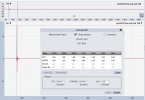

Some of that happens with line arrays and similar "floor to ceiling speakers". Less reflections in poorly controlled room and more detail can result.
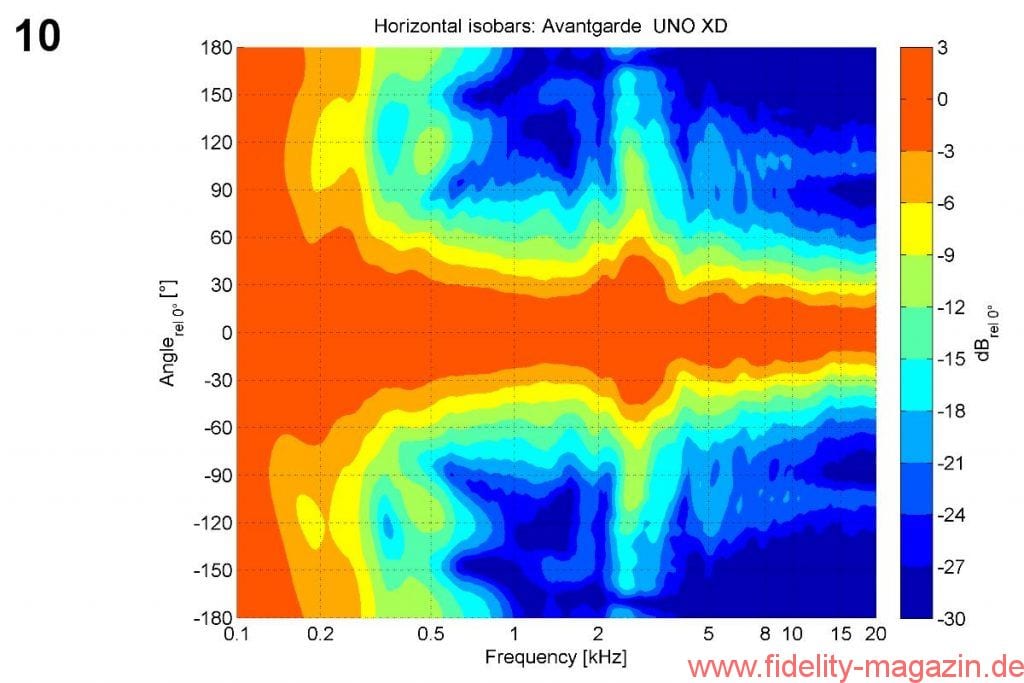
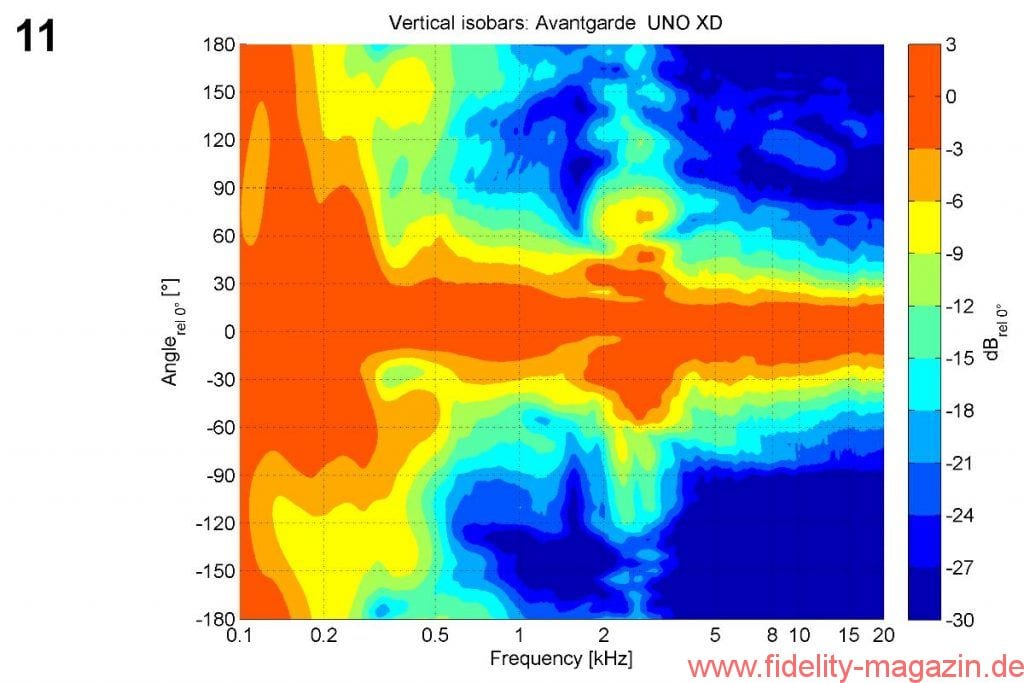
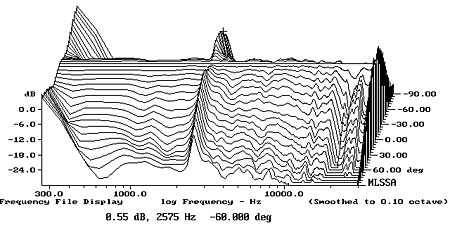
You need velocity and pressure, at coincident points, to calculate the acoustic impedance. It then helps to normalise that complex value per frequency by the specific impedance of the medium (air) and the radiating surface area to allow for easier comparisons.I'm always about coming up with objective ways to measure and test hypotheses, so air pressure measurements would show this, right?
Remember a good rule of thumb is that each time you double the mutually coupled radiating area (a factor of 1.4) then you also shift the highest frequency of coupling down by the inverse factor (multiply by 0.7) so there are diminishing returns doing this.Of course, where they add in-phase the summation will be +6 dB, and elsewhere something less. I knew that... just didn't apply it. Thank you for taking the time to explain something I should have realized on my own!
Interesting 3-D plot, I've only seen "slices" of it, saved it for future reference.
THANKS!!
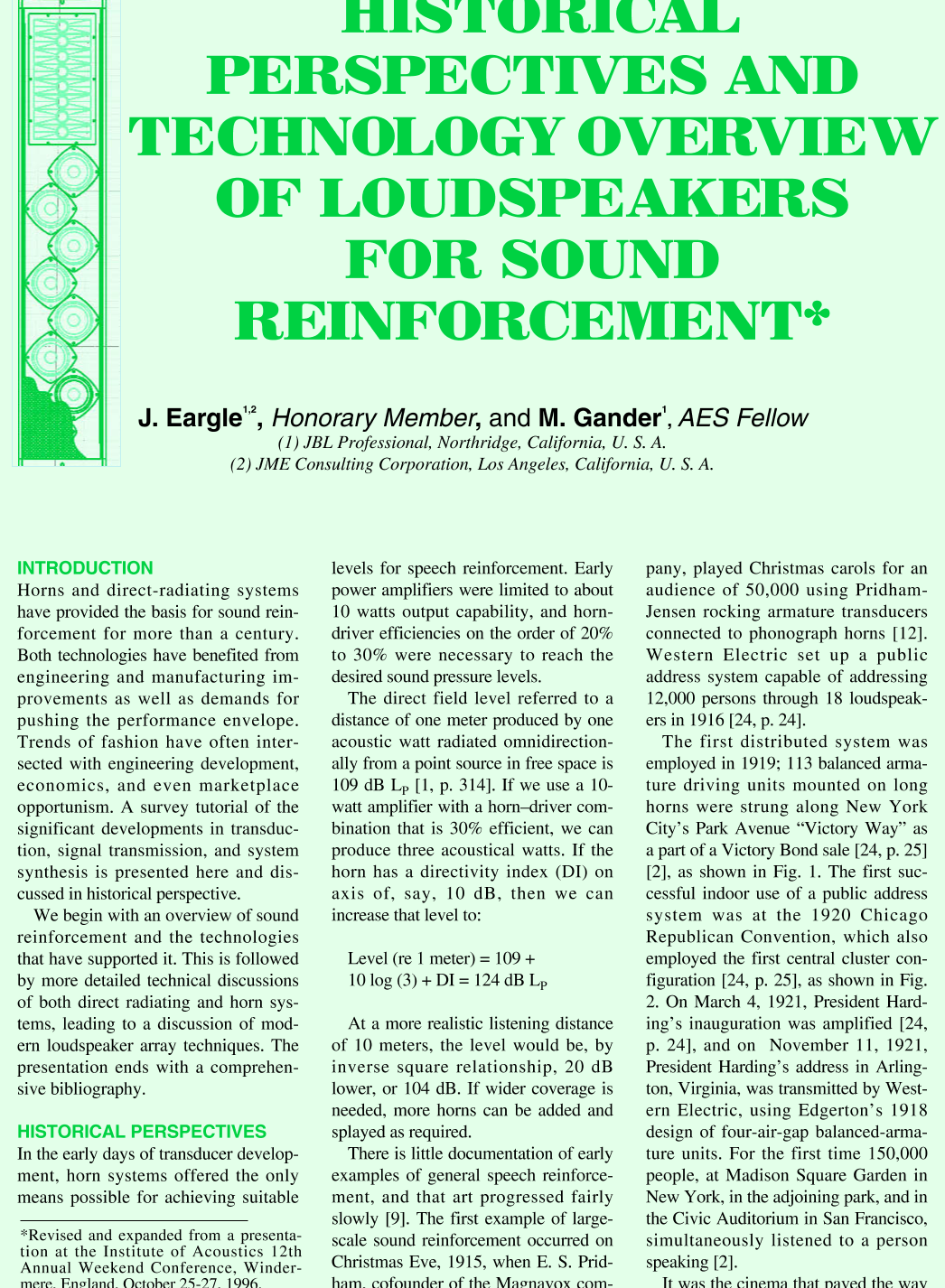
At this point I think a short intermission is in order. This thread started with a question:Remember a good rule of thumb is that each time you ...

 www.audiosciencereview.com
www.audiosciencereview.com
My personal experience fully agrees with your summary. The short answer is 'yes', the longer answer perhaps has some caveats and of course, interesting conflicts of opinion or theory as to the 'why'. That's the fun part though, right?At this point I think a short intermission is in order. This thread started with a question:

Do high-efficiency speakers really have better 'dynamics'?
A very experienced audiophile on another forum recently asserted that high-efficiency speakers were inherently more dynamic than other types. By high-efficiency I believe he meant >92 dB sensitivity; by "dynamic" I believe he meant more brilliant response to transient signals. Do hi-eff...www.audiosciencereview.com
The question seems to be answered with "yes" implicitly. Sufficiently many people jumped on the bandwagon to optimize or better to say totalize the idea of a high efficiency speaker, so searching out for more, total dynamics as to optimize their daily stereo experience at home.
Or, one might see this as an effort to prepare for an actual, critical listening test. The other side of the comparison is missing, though. What would be the least efficient speaker? One might even argue, whether the high efficiency side is actually of high efficiency, or is only capable of big output due to big appetite for amp-power.
With one or the other interpretation, where is this going to, with all its enthusiasm? Thanks a lot!
Count me one. From your avatar I know what I am about to get, I am ready for hell!!!!!!I can recommend some acoustics texts if you're curious but be warned, it is heavy stuff.
Yo, I still think someone who issues bold claims should find an own way to prove them. Vice versa I don't think science should follow down "experienced stereo users" into every rabbit hole. Such all too friendly move has proven to be unrewarding to the max....Things like ensuring the speakers under test are level matched to within a fraction of a decibel, even equalised to ...
Yo, I still think someone who issues bold claims should find an own way to prove them. Vice versa I don't think science should follow down "experienced stereo users" into every rabbit hole. Such all too friendly move has proven to be unrewarding to the max.
But, please go ahead. Sorry for interferring.
Count me one. From your avatar I know what I am about to get, I am ready for hell!!!!!!
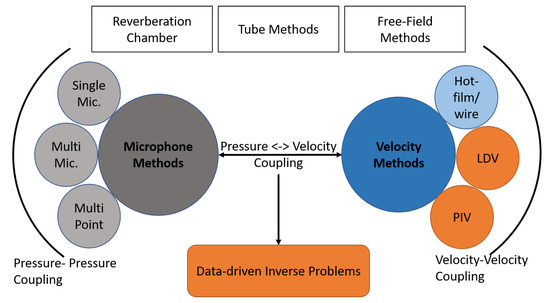
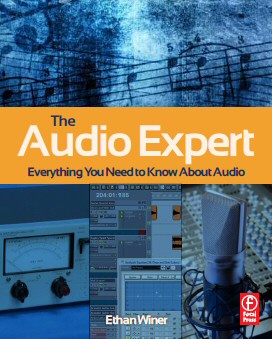


 www.sciencedirect.com
www.sciencedirect.com


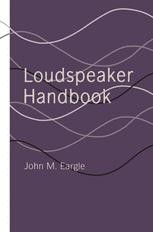








 www.sciencedirect.com
www.sciencedirect.com


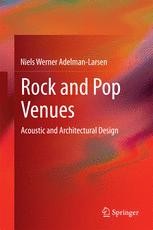

O/k, I still don't get it. We've got a bold claim, which to begin with isn't in any way specific. Clarification wasn't supported. Instead one side of the story was worked out, namely the very much most efficient speaker was identified. You and others supported the enthusiastic community in this quest.The problem with experiments is that when you have lots of variables, that all change between samples, the data isn’t able to produce clear conclusions that are easy to defend against criticism.
Very interesting! It's easy to intuit that the mutual coupling loses effectiveness as frequency goes up but it's clarifying to see it graphed out. I'm using four 18" woofers in corner horn cabinets stacked to the ceiling with a crossover up at 300Hz. This does go deep for a front loaded horn setup but does not produce a clean impulsive kick drum like I've heard form other systems, which is a disappointment and maybe related to this coupling issue. Recently I put absorption in the mouths of the two outer horns (upper and bottom) to deal with a cancelation that was happening at 75Hz. This had the inadvertent effect of absorbing the upper end output of those outer horns so now only the two middle horns are producing most of the upper end of their passband. With the EQ readjusted I think it sounds a little cleaner and punchier that way.Remember a good rule of thumb is that each time you double the mutually coupled radiating area (a factor of 1.4) then you also shift the highest frequency of coupling down by the inverse factor (multiply by 0.7) so there are diminishing returns doing this.
From a good summary of sound radiation by Eargle for the AES:
View attachment 164606

AES E-Library » Historical Perspectives and Technology Overview of Loudspeakers for Sound Reinforcement
[feature] Horns and direct-radiating systems have provided the basis for sound reinforcement for more than a century. Both technologies have benefited from engineering and manufacturing improvements as well as demands for pushing the performance envelope. Trends of fashion have often intersected...www.aes.org
It's one reason why a big array of direct-radiating subwoofers ends up sounding 'deep' at the expense of a clean impulsive kick drum - there's a significant tonal shift from the reliance on mutual coupling.
What’s real fun is that recent research shows this same effect also happens with a dense crowd in front of subs at a concert (outdoors) - the bodies have their own acoustic impedance which is imparted onto the subwoofer output, so it can become quite pronounced.
No free lunches in audio
Sorry for the double post!
This is one particular test where you kind of need the physical boxes in place, and can't really use recorded impulse responses or samples on headphones with the same level of effect, in my opinion. At the very least, you'd want to do that typical method and compare to the subjective results from a double-blind, randomised order test using the same subjects with the real thing.
...Things like ensuring the speakers under test are level matched to within a fraction of a decibel, even equalised to the same axial magnitude response within a given frequency range like 200 Hz - 3 kHz, and all at equal distances to boundaries. Stuff like where the listener will stand, how you'll make sure they get (and stay) in that general position, how the switching is done - perhaps asking them to rotate to look at the new speaker location, using an indicator LED? When and how do you gather their feedback - after each sample, or all at once at the end? How does that affect the data, and how do you weight accordingly based on that, listener 'experience', age, hearing condition, etc etc etc...
To learn the slightest, You have to define the other end, namely the least effcient speaker. This is all so illogical. Why is my personal experience, that the claim of "more efficient == more dynamic" is not true, overtly dismissed?! Really, I've got specimen ranging from 80dB/Watt up to 100+dB/Watt in comparison. No difference between, nothing to backup the claim.How about taking a single speaker that's "known" to be efficient ...
IHMO that doesn't work out.How about taking a single speaker that's "known" to be efficient in the desireable way(s), and reducing its efficiency via electronic means? That would remove a ton of variables from the equation.
If we believe that the source of "better dynamics" is the physical coupling of the box-n-drivers to the room's atmospheric pressure, rather than the raw watts-per-dB capability of the box as a whole, then this test should produce a null result. Either way, we'd learn something...
If you want to propose your own test methodology, go ahead.To learn the slightest, You have to define the other end, namely the least effcient speaker. This is all so illogical. Why is my personal experience, that the claim of "more efficient == more dynamic" is not true, overtly dismissed?! Really, I've got specimen ranging from 80dB/Watt up to 100+dB/Watt in comparison. No difference between, nothing to backup the claim.
I state the missing difference, and I like You to acknowledge it. The other "audiophile" is plain wrong. What do You think about it?!
So you agree with me that my test should produce a null result?IHMO that doesn't work out.
To reduce efficiency you must do that in the driver proper, you cannot fake it from the outside. But when you do you alter the driver parameters and it's (nonlinear) error mechanisms --> not the same driver.
Personally I do like the perceived more dynamic sound of many high-efficiency drivers but I'm far from convinced this has much to do with effciency itself...
